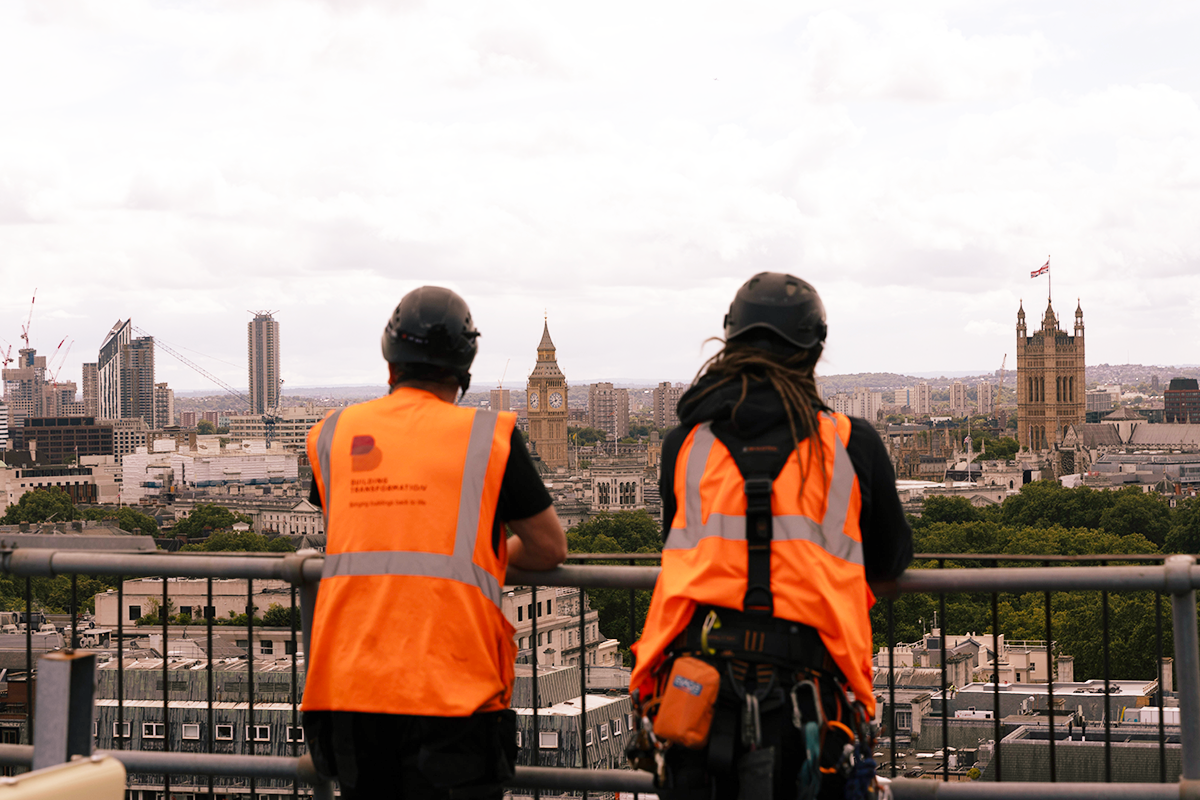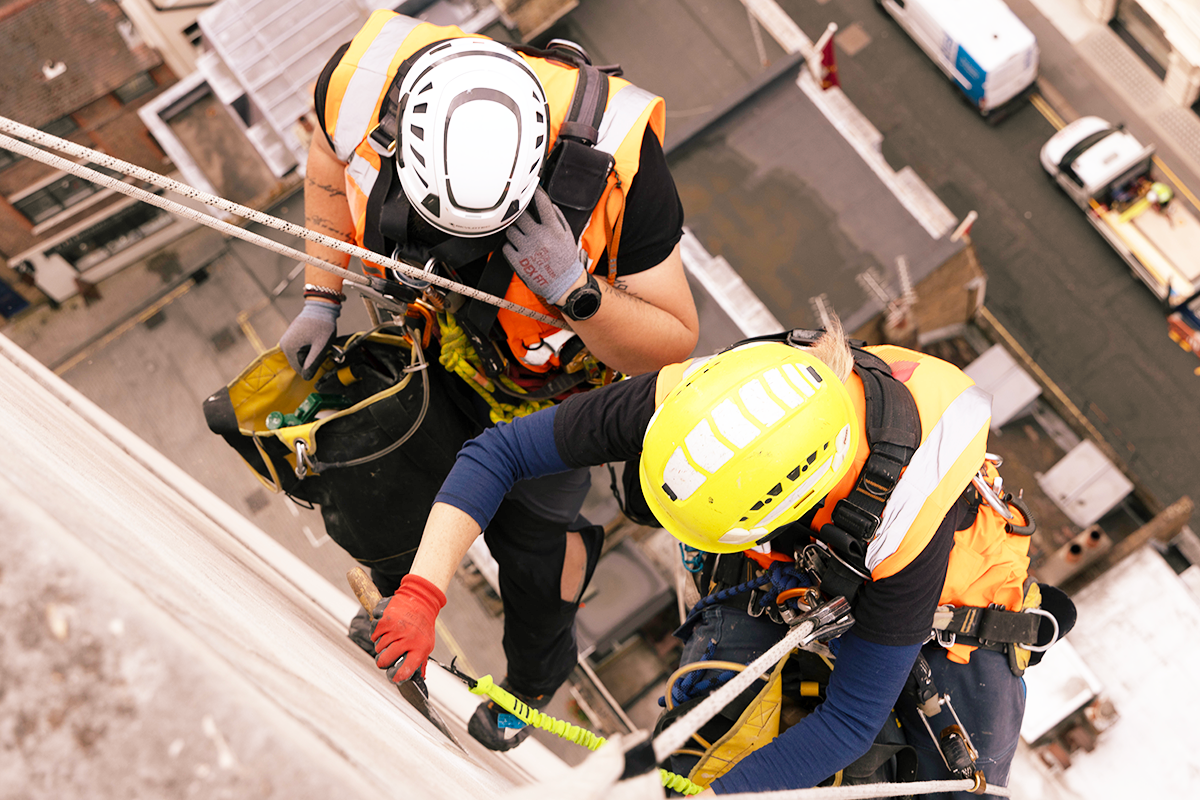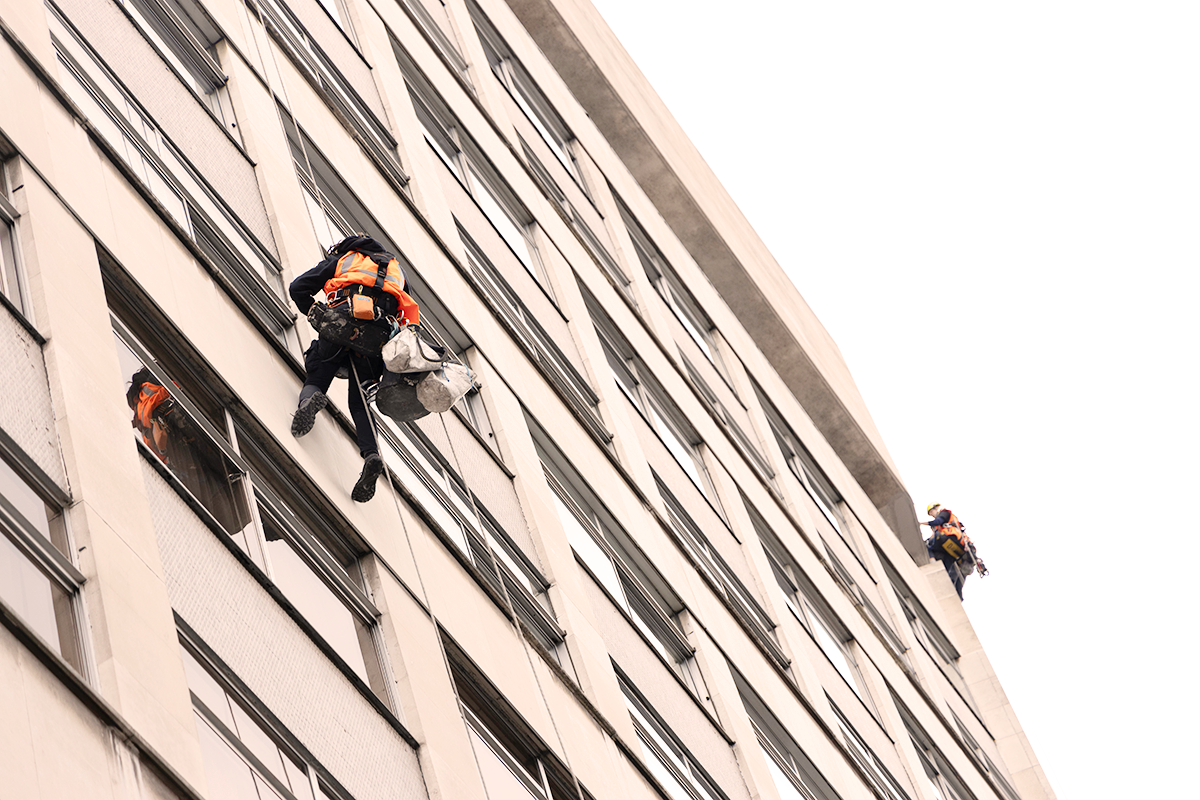
The Cavendish Hotel – Façade Condition Survey and Repairs
The Cavendish Hotel - Façade Condition Survey and Repairs
Where classic elegance meets contemporary luxury in the heart of the city, The Cavendish is nestled on Jermyn Street, a stone’s throw from the iconic landmarks of St. James’s and Piccadilly, This distinguished hotel offers a refined retreat amidst London’s vibrant energy.
Having developed our relationship with the Ascott Group over recent years, we were asked to undertake a façade condition survey that concentrated initially on the 15-storey tower, providing the key data to realign the façades with the upcoming internal and external refurbishment.
Project Overview
As part of the preparation for the overall property refurbishment, including ensuring that they proactively understand the façade’s condition and comply with the regular monitoring of the building envelope, we were engaged to undertake the full façade condition survey. With a refurbishment due in the near future, this initial survey and report would help to drive the understanding of the level of defects currently present and provide budgets for any priority and maintenance repairs that would be required.
With the property’s location in the heart of London and being surrounded by other buildings and London’s busy thoroughfares, our holistic approach to gaining the understanding of the building envelope was by deploying our abseil teams, who were ideally placed for delivering the façade survey across a building which stretched up to 15 floors. Avoiding the need for scaffolding or having to locate a MEWP at ground level, the abseil team were able to gather all of the key data points without disrupting hotel operations or impacting the surrounding area.
As part of the project it was important to the client to understand the current condition and any future repairs required across the whole façade, which included the stonework and masonry, windows, glazing, seals and joints, as well as undertaking further intrusive surveys to the structural elements of the building, if and where required. This information and each defect was geotagged and documented within our bespoke façade management software, from which we were then able to provide the client with precise information and costs.
Although the roof is flat and ideally suited for our abseil teams to descend from, almost every external edge was covered by phone masts, all of which would need to be turned off at specific times and dates for the survey. Having dealt with similar telecoms requirements in the past, we’re fully aware of the timescales and level of communication that is required to ensure this process and the project can run smoothly. The British weather always has the potential for wrecking best made plans, but by flexibly planning the mast switch-offs, we were able to deliver the survey with no delays.
With the survey complete and the report compiled, the next phase of the project was to present all data to the client’s team, ranging from onsite engineers to their Design Director and Project Managers. With the report laid out so that the client could easily understand the highest priority items and align these with the earliest part of the refurbishment strategy, we quickly agreed the next steps and the plan for returning to site to undertake priority repairs to the stonework and masonry, repointing and focus on the items that would help to keep the hotel watertight and avoid further defects occurring or worsening.
Separate to the main body of defects that had been identified, we also agreed that the initial survey scope would be extended to the lower podium area and thus the client would have a full understanding of all external façade elements. Furthermore, where we had recommended further intrusive surveys to be undertaken to the high level corrosion of the rebar, 3 areas were identified where this could take place to understand how far the corrosion had spread.
From the initial month-long survey, we were able to support the client over a 4 month period from inception through to the full scope of the priority repairs and the additional works that were agreed. The building has now been fully surveyed, the client has an understanding of its condition and where action and budgets will need to be undertaken over the coming years, helping them to plan effectively. The repairs that were undertaken also provide them with the peace of mind that all elevations have been checked and any unsafe materials have been removed.
Project Challenges
With the hotel located centrally and close to London’s heartland, the high volumes of vehicular and pedestrian traffic that we encountered were one of the main challenges.
Amongst others, we experienced the following challenges:
- With its prominent position overlooking most of the surrounding buildings, the tower roof had numerous phone masts placed in key locations that would affect our work and the ability of the team to rig up and begin abseiling. The presence of these masts limited our ability to work safely across all areas, meaning a proactive approach was required in communications with the mast operators to ensure that they were deactivated during the survey and repairs, avoiding any risks to our teams.
- All works were planned around the hotel continuing to be active and to ensure that any disruption to the client and hotel users was minimised, by starting works after 9 am and creating flexible working patterns by extending the working day.
- As with any abseiling project that involves working at height, especially in the British weather, we could not predict the wind speeds and direction, both essential for planning the works and arranging the phone masts to be turned off. But by creating a flexible programme we managed to avoid any delays to the delivery of the project.
- With the north and south elevations of the hotel being immediately above pavements accessible to the public, it was essential that, as a priority and before any works began, a protection system was put in place. Using our bespoke pavement/pedestrian protection barriers, we were able to deliver all phases of works whilst keeping the pavement open for public use, but removing any danger of falling items by having the system in place.
- Similarly to our works on other hotels, although the daylight throughout the summer normally allows us to maximise and lengthen our time on site, providing efficiencies and cost savings for the client.
We specialise in surveying, repairing and maintaining tall, difficult to access commercial buildings and structures, façades, roofs, glazing and atriums.
Get in touch to discuss your next project



